|
I've been continuing to post about various breeds of dogs and cats throughout April, along with some of the health issues experienced by these breeds. Here are the breeds I've discussed: The Black and Tan Coonhound originates in the US, originally bred to hunt raccoons (as the name suggests). The are black and tan (again, as the name suggests) with a smooth and short coat. * These guys probably originated from crosses of Bloodhounds and Foxhounds. They are mellow, amiable and calm indoors. Outdoors, their hunting instincts take over! They can run for miles, but are also content with a moderate jog or long walk daily. * Health concerns include hip dysplasia and ectropion. The Japanese Bobtail is an ancient breed indigenous to Japan. They were brought to the US at the end of World War II by returning American soldiers. * They are medium in overall size, large, upright and expressive ears that are wide set, large, oval eyes in colours that harmonize with their coat. The tail is curved and "bobbed" (as per the name), the coat can be medium (shorthairs) in length or longhair, often with a front ruff. They tend to come in tricolours (black, red and white), bicolour, solid, dilutes (tabby and particoloured). * There are no particular health problems associated with Japanese Bobtails, besides the usual "Feline-wide" issues like kidney disease and potential dental problems. Bloodhounds are originally from Belgium and England with the original job of trailing. They are black and tan, liver and tan, and red. Males can weigh up to 110 pounds(females up to 100 pounds)! * The roots of the Bloodhound trace back to ancient times, with the earliest ancestors being the black Saint Hubert hounds documented in Europe by the 8th century. They are quiet at home, but tireless trailers. They need long daily walks and drool a great deal, so their facial wrinkles require daily cleaning. * Health concerns include eyelid problems, gastric torsion, ear problems, skin fold dermatitis, hip dysplasia and elbow dysplasia. Javanese are fairly recent creations from the US—their name has nothing to do with geographical origin. They come from a cross between a Balinese and a Colourpoint Shorthair with characteristics of the Siamese, except for the coat length and colour. * They have long bodies with medium-sized, triangular heads, large pointed ears and medium almond-shaped eyes in vivid green or blue. Their noses are long and straight and their coat is long, fine and silky with very long, thin tails that end in a point. They come in point colouration, including tortoiseshell, silver, golden, smoke, tabby, silver tabby and so on. * Unfortunately, due to some poor breeding practices, the Javanese can be susceptible to a number of health issues, including: Amyloidosis, a disease that occurs when a type of protein called amyloid is deposited in body organs, primarily the liver; asthma/bronchial disease, congenital heart defects, crossed eyes, gastrointestinal conditions, Hyperesthesia syndrome, a neurological problem that can cause cats to excessively groom themselves, leading to hair loss, and to act frantically; lymphoma, progressive retinal atrophy, and Nystagmus, a neurological disorder that causes involuntary rapid eye movement The Borzoi is originally from Russia, with the original function of coursing for wolves. Their coat is long, silky and either flat, wavy or quite curly. * Borzoi were bred by the Russian aristocracy for hundreds of years (first standard written in the 1600s in a book about hunting with Borzoi). They are quiet indoors, lively outdoors. They need daily exercise, plus an extra chance to run a few times a week. * Health concerns include gastric torsion and heart problems. Arguably the most popular cat breed, today is truly the day of the Siamese Cat (seriously, it's Siamese Cat Day today!)…They are named for Siam, the former name of Thailand, source of the first examples to reach Europe. The breed is very old, with a possible reference in Thai poetry created between 1350 and 1750. In 1880, the King of Siam gave two pairs of Siamese cats to the English consul-general. In 1890, the first Siamese arrived in the US (another gift from the King of Siam, this time to an American friend). * The Siamese is medium, graceful, long and svelte. The head is a long, tapering wedge, the ears strikingly large and pointed, the eyes medium in size and deep, vivid blue. The nose is long and straight, the legs long and slim with dainty paws, The coat is short, fine, glossy, lying close to the body. They come in Seal point, Blue point, Chocolate point, Lilac point and have since moved into the "lynx" or tabby points, and tortie points. Flame point is also a newer edition. * Health concerns include the usual potential for mouth and gum disease and kidney disease, as well as liver disease and pancreatitis, gastrointestinal disorders, and heart disease. Today's dog is the Dachshund, originally from Germany, meant for flushing badgers. They can be long haired (straight or slightly wavy, long), smooth (smooth short), and wire-haired (rough, medium length) and come in solid red, sable, or cream, black and tan, fawn and tan, single dapple, double dapple, and finally, brindle. * Definitive evidence of the breed isn't found until the 16th century, but the Dachshund breed has been known since antiquity. They are bold, curious and up for adventure! They enjoy hunting, tracking, digging and going to ground. They don't take to strangers. * Health concerns include intervertebral disk disease and dry eye. The Korat is an ancient breed of shorthaired cat named after a former province in Thailand (where the breed may have originated). * They are neither compact nor svelte, with heart-shaped heads, large, rounded ears and large, round eyes (green with amber caste). The coat is single, short in length and glossy, coming only in silver-blue. * Health concerns include genetic neuromuscular degenerative disease, as well as low body fat, which can make them sensitive to anesthesia. On this, "Hug Your Dog Day," I present to you, the Fox Hound. There is the American and the English Foxhound, both meant to trail foxes, both smooth and short coated and available in any hunting colour. * Foxhounds bay, are sociable and need long daily walks or jogs. English Foxhounds get on well with horses, dogs, children and other pets. Both the American and English Foxhounds are amiable and gentle, though are not necessarily demonstrative. * No particular health concerns are noted for the English Foxhound, but the American Foxhound is susceptible to blood platelet abnormality. The origin of the Maine Coon is uncertain — the breed is said to be derived from a cross between an American domestic cat an Angora and some other unrecognized breed. * These are big guys! The head is medium in width and length, ears are large and tufted, eyes large and expressive (all colours) and the tail is long and tapering. The coat is heavy and shaggy and all colours, including varieties with white in any proportion except the Siamese pattern (and not chocolate or lilac). * Health concerns include feline asthma, heart disease, skin problems, orthopaedic problems, and cystitis. The Greyhound originates in Great Britain and is well known as a racing dog (though, fortunately, many of these races are being shut down). Their original function was coursing hares. Their coat is short and smooth and can come in pretty much any colour. * The Greyhound has been depicted since ancient Egyptian, Roman and Greek times! Retired racers are popular pets. They are quiet and calm indoors. Despite being independent, they are sensitive and eager to please, as well as being amiable with other dogs (but tend to chase small animals when outdoors). * Health concerns include gastric torsion and bone cancer. The Manx is a tailless shorthaired cat, whereas the Cymric is identical to the Manx except for its length of hair—Cymrics are longhaired Manx, essentially. * The first Manx there is any trace of lived in Asia Minor. It is believed that the Phoenicians brought the breed to the Far East where it acclimatized and flourished. * The body is solid and compact, medium in size with sturdy bone structure. The head is round, eyes large, round and full, with no tail, of course. All colours and patterns are permitted with the exception of those showing evidence of hybridization. * Health concerns include Manx Syndrome—where the same mutation responsible for the lack of tail is responsible for a potential spinal disorder (fused vertebrae, gaps between vertebrae, and spina bifida that appear at some point between birth and four months of age), arthritis, corneal dystrophy, megacolon (increases the cat’s chances of becoming constipated), and Intertrigo (inflammation of a body fold). ...today's pet dog shall be the Harrier. * Originating in Great Britain to trail hares, the Harrier is smooth and short coated, coming in any colour. They are one of the older scent hounds in existence today and are amiable, tolerant and good with children. * Health concerns include hip dysplasia. The Norwegian Forest Cat appears in Norwegian mythology and often plays a primary role in Nordic fables. * They have large, imposing, solidly muscled bodies with triangular heads, medium ears and large almond shaped eyes (all colours permitted). Their tail is long and bushy, their coat is double with long guard hairs. All colours including varieties with white in any proportion, but NOT Siamese markings, are permitted. * Health concerns include eye problems (like light sensitivity, conjunctivitis, glaucoma or entropion), heart disease, kidney disease, orthopaedic problems, and cystitis. The Ibizan Hound originates in Ibiza (the Balearic Islands) and its original function was to hunt wabbits…I mean, rabbits. * The Ibizan shares the same ancient roots as the Pharaoh Hound, and they bear a strong resemblance to the dogs depicted in Egyptian tombs (and to the jackal god, Anubis). They are gentle, mild-mannered, even-tempered and loyal. They need a run or jog daily, but a long walk will also do. * The main health concern here is with allergies, so be sure to have their eyes tested. The Ocicat was created by American breeders who successfully exploited the potential offered by a kitten with a singular spotted coat that resulted from the pairing of two "Siamese." * They have a medium body with a modified wedge shaped head, large almond shaped eyes in all colours except blue, a strong jaw, short coat with ticking and spotted in the colours tawny, chocolate, cinnamon, blue, lavender, fawn, silver, chocolate silver, cinnamon silver, blue silver, lavender silver and fawn silver. * Health concerns may include liver or renal amyloidosis, pyruvate kinase deficiency and hypertrophic cardiomyopathy, and possibly periodontal disease. The Irish Wolfhound coursed wolves, originally. They come in grey, brindle, red, black, white or fawn. The first mention of the Irish Wolfhound occurred in Rome in 391 A.D. * These dogs are gentle and calm—very easy going and sensitive. Despite their great stature, they are good with children, pets and other dogs. They can develop calluses from lying on hard surfaces. * Health concerns include gastric torsion, elbow dysplasia, hip dysplasia, heart problems and bone cancer. They also have a shorter life span—only 5-7 years. The Oriental Shorthair was recognized in the 1960s in Great Britain, then ten years later in the US. Though they were only recently recognized, they have been around for a long while, along with Siamese, Burmese and Korat. They are originally from Thailand and are Siamese in every way except for the point pattern. * Their bodies are long and svelte, their heads wedged and tapering, eyes almond shaped (mostly green, occasionally blue or an odd-eyed colour), long, slim legs with dainty paws and long, thin and tapering tails. Their coats are short and fine textured coming in many colours (solid, shaded, smoke, tabby and parti-colour classes). * Health concerns include eye problems such as conjunctivitis, cataracts, entropion, and problems with their retinas (the light-sensitive tissue that lines the inner surface of the eye), including progressive retinal atrophy. Also feline asthma, liver disease, kidney disease and cystitis can be problems for the Oriental Shorthair. The Norwegian Elkhound was originally bred to hunt moose, bear and other big game. They have a double coat, and come in grey with a lighter undercoat and undersides. * Norwegian Elkhound served humans as a hunter, guardian, herder and defender since at least the time of the Vikings. They are bold, playful, boisterous and independent—sometimes even protective. They are friendly with strangers but may quarrel with strange dogs. They need a good jog, long walk or invigorating play session every day. * Health concerns include hip dysplasia, hot spots and kidney disease. Another contender for favourite breed would be the Persian, whose origins are ancient, but they remained unknown in Europe until about 1520. Later in the 17th century, an Italian traveler to Asia brought an example from Persia to Italy, where the breed was cared for and guarded. * Their bodies are lobby, low on the legs and broad. The head is round and "massive." Ears are small, round tipped and set far apart, while the eyes are large, round and brilliant. The nose is short and snubbed. Tails are short but in proportion with body length. Coat is long and thick in seven colour groupings: solid, shaded, smoke, tabby, parti-colour, bi-colour and Himalayan. * Health concerns include breathing issues, entropion, corneal ulcers, dry eye, mouth and gum disease, heart disease, liver disease, cystitis. Otterhounds originate in England (and were bred to, surprise, hunt otters!). They have a rough, crisp, medium length coat coming in any colour. * The Otterhound may have originated in France, as they strongly resemble the old French Vendeen hound, but they are most associated with England. They are boisterous and amiable and affectionate with their family. They love to hunt, swim and follow scent trails. They need moderate exercise daily and weekly brushing or combing. * Health concerns include hip dysplasia, gastric torsion, elbow dysplasia, blood platelet abnormality The Ragdoll is named after its tendency to go limp in one's arms when picked up. So, the floppy rag doll is their namesake. The breed was created in Southern California in the 1960s (through crosses with white Persian, Seal point Birman and Burmese). My own Sookie may in fact be a cross between a Ragdoll and Siamese, among other things. * Their bodies are elongated with full, broad chests. The head is medium and broad—a modified wedge, the ears are medium and wide at the base with rounded tips, eyes are large, oval and sapphire blue. Tail is long and in proportion with the body and the coat is medium long, plus and silky. They come in bi-colour in seal, blue, chocolate and lilac. The mask should have a white inverted "V", and the stomach, legs, feet and ruff should be white as well. * Health concerns include mouth and gum disease, respiratory tract disorders, heart disease, kidney disease and gastrointestinal disorders Petit Basset Griffon Vendeen originated in France and were bred to trail hares. This is an ancient breed with roots in 16th century Europe. * PBGVs are merry, inquisitive, tough, busy, stubborn and independent. They also have a tendency to bark. * The main health concern with PBGVs is ear problems. Today's cat breed covers all the Rexes—Cornish Rex, Devon Rex and German Rex! * All Rexes have one thing in common—curly coats! Cats with curly coats were originally discounted from breeding programs until 1950, when a female in Cornwall with Siamese blood gave birth to a curly-coated kitten in an otherwise normal litter. The cat was bred back to its mother, producing curly kittens that would become the foundation of a new breed. * The Devon Rex appeared in Devonshire, England in 1960. Its curly coat came from a different spontaneous genetic mutation, rather than coming from the Cornish breed. German Rexes are very close to Cornish Rexes except that the awn hairs in the German are a little thicker than those of the undercoat. There is also an apical swelling usually absent in Cornish Rexes that is almost always present in the German Rex. * Health concerns include mouth and gum disease, glaucoma, cataracts, retinal problems, conjunctivitis, diabetes, cystitis, and dislocated kneecap. The Pharaoh Hound originates in Malta and were bred to hunt rabbits. They have a smooth, short coat in tan or chestnut colours, with a white tail tip. * The Pharaoh Hound is noted for "blushing" (ears and one flush with blood and "glow" when excited). They are calm indoors but love to run and hunt outside. They are sensitive, gentle and good with children (but may chase smaller animals). They need daily walks and occasional sprints. * No major health concerns of note. ...and though you're not terribly likely to find a Russian Blue at a shelter, it CAN happen!
* The Russian Blue is said to have arrived in England in the mid 19th century aboard a Russian merchant ship from the port of Archangel (which is why it is also known as the Archangel Cat). * Their bodies are fine boned, long and firm, muscular, their heads smooth medium wedges, ears large and wide set at the base, eyes set wide apart in vivid green, long fine boned legs and long tails with a short, dense but fine coat in blue. Some countries recognize White and Black Russians. * Health concerns include glaucoma, cataracts, entropion, retinal problems, conjunctivitis, respiratory tract disorders, infectious diseases, kidney disease, and cystitis.
0 Comments
Leave a Reply. |
AuthorRegan is a certified Canine Massage Therapist (CCMT), has certification in First Aid and CPR for Pets, and some beginner training in Herbal Remedies and Aromatherapy for personal use. Archives
July 2024
Categories |


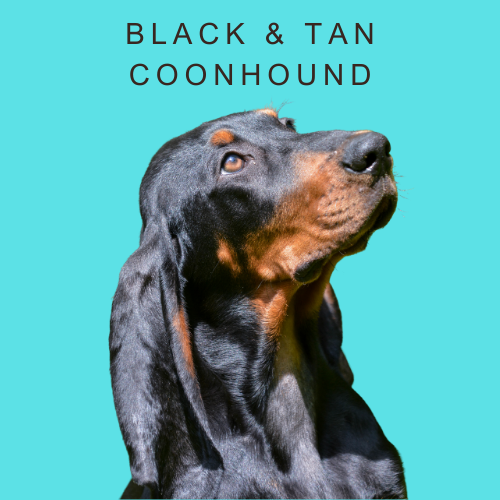
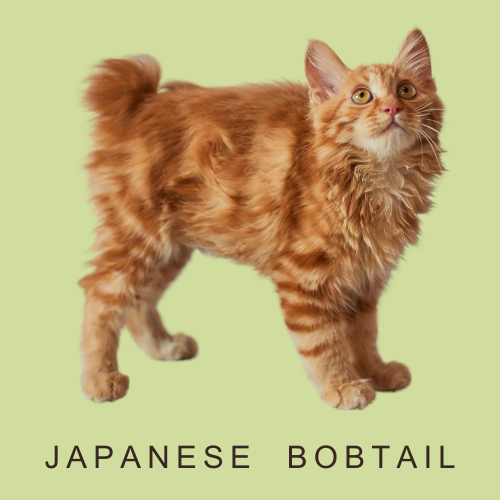
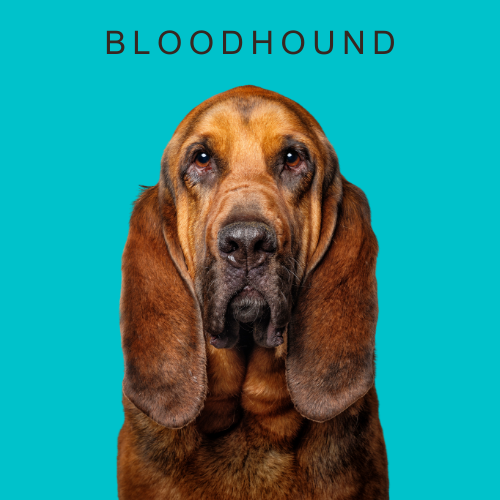
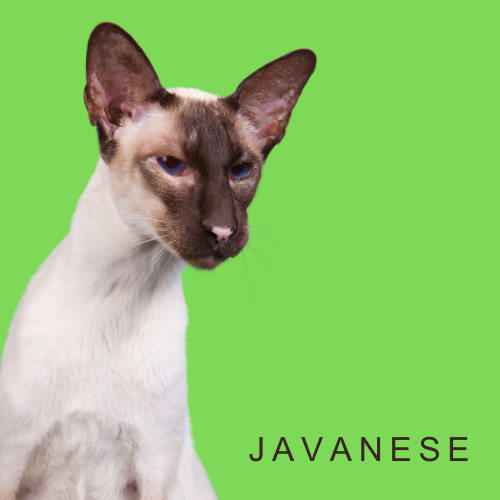
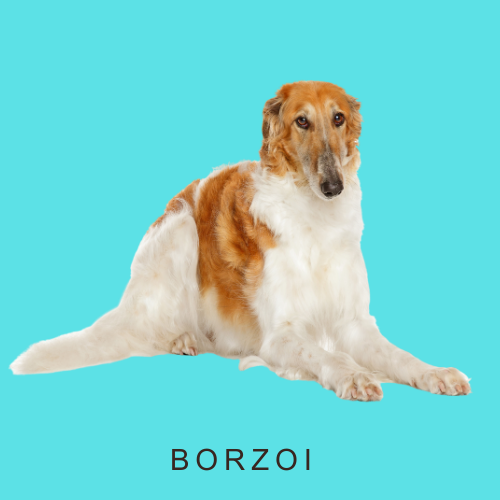
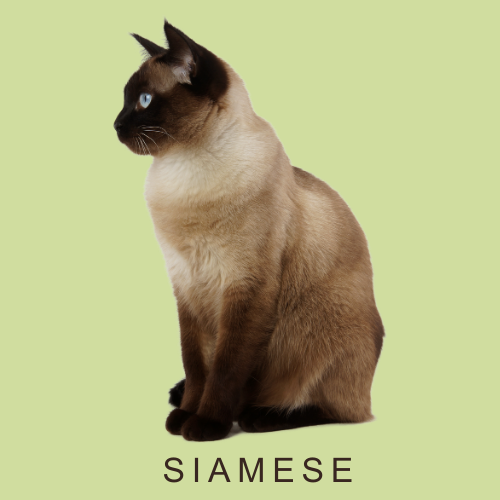
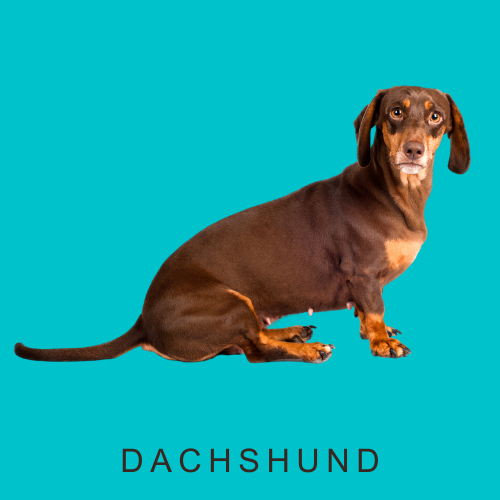
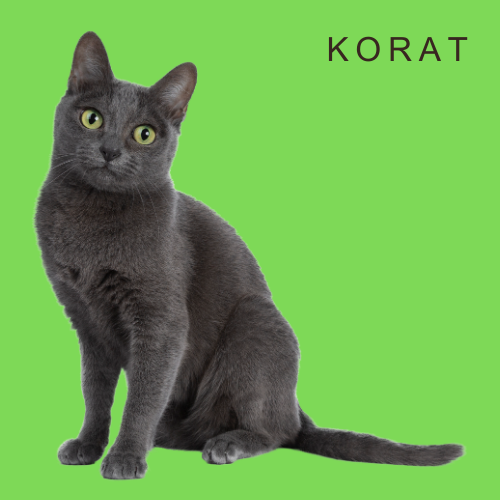
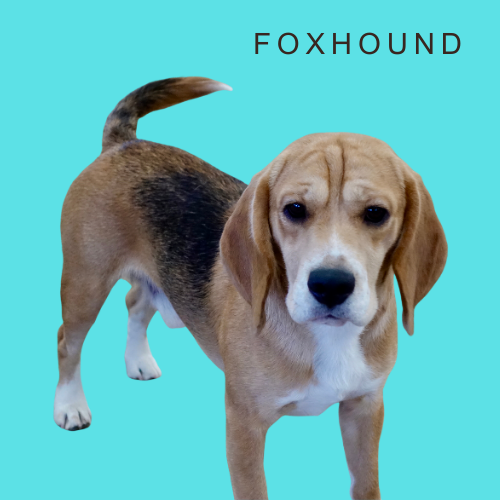
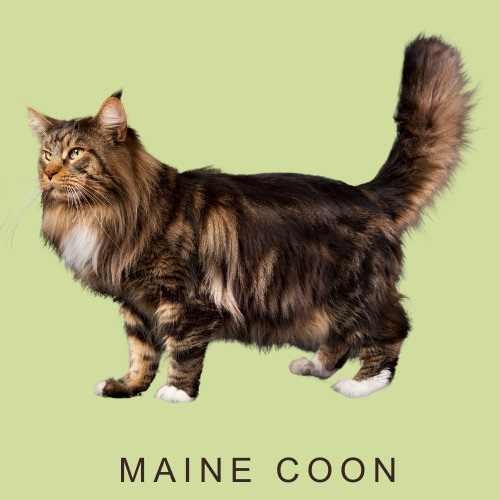
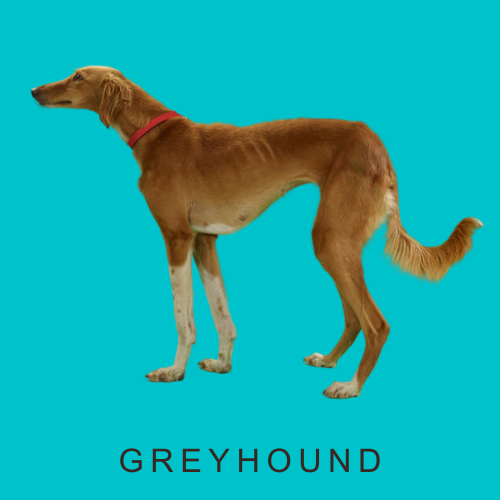
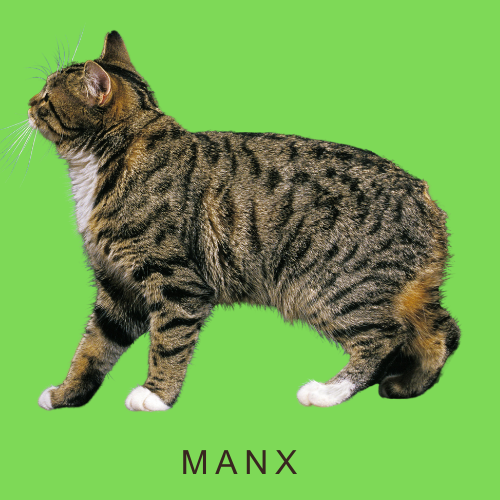
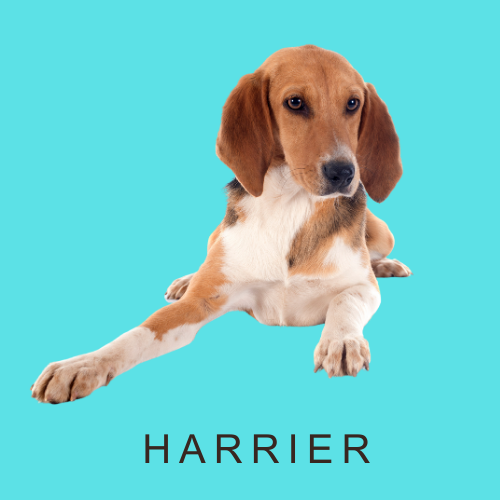
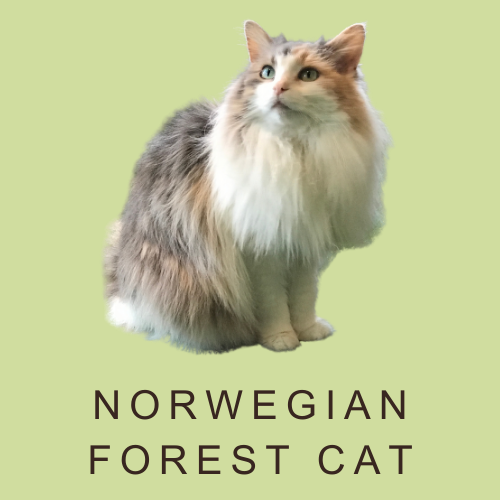
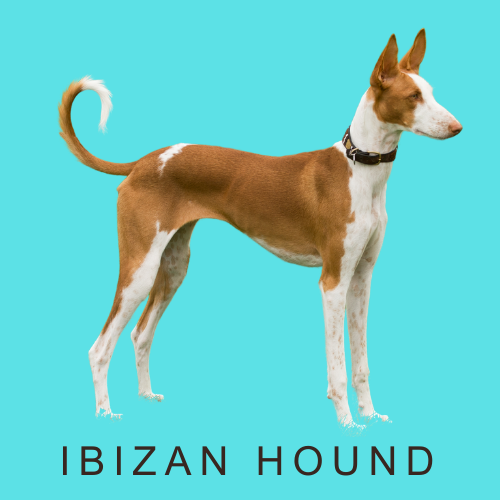
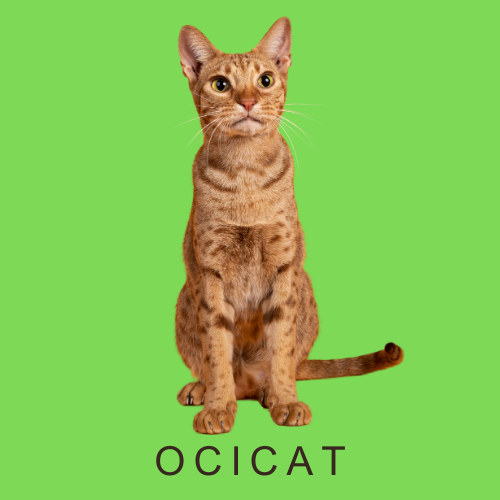
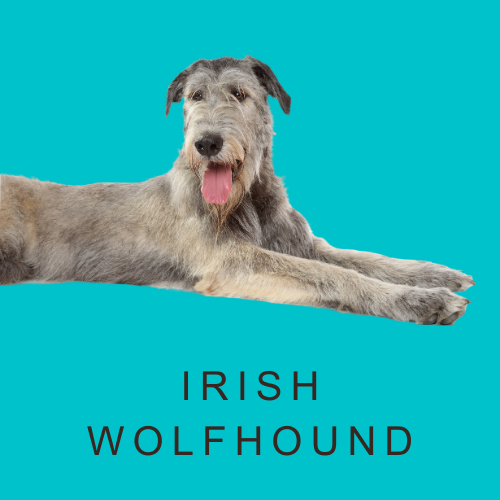
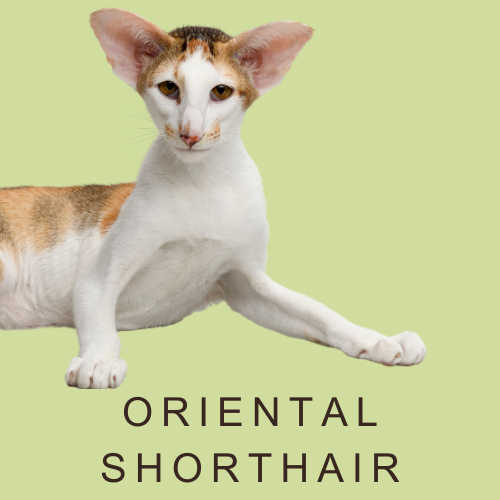
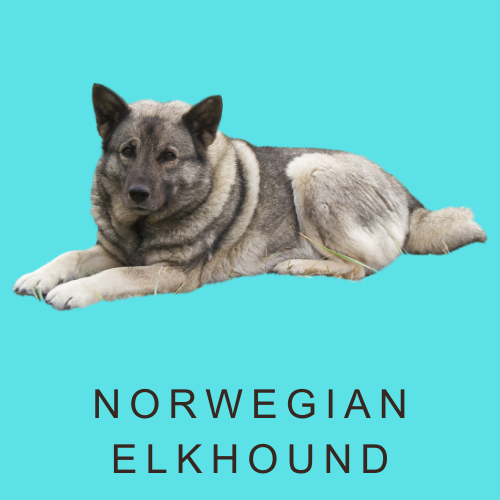
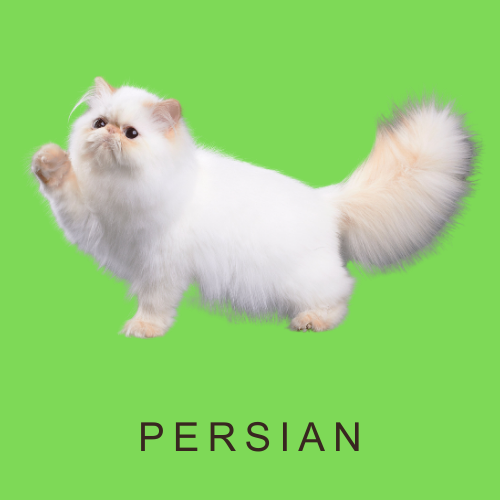
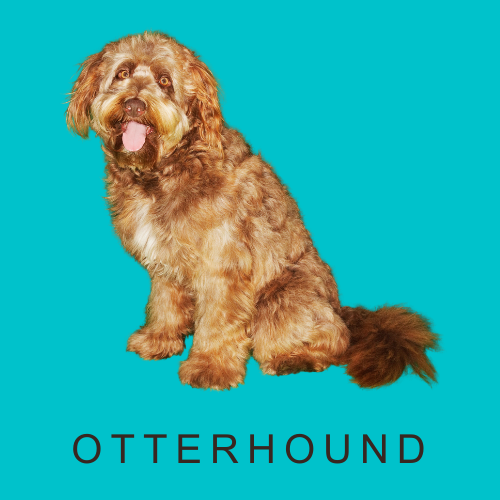
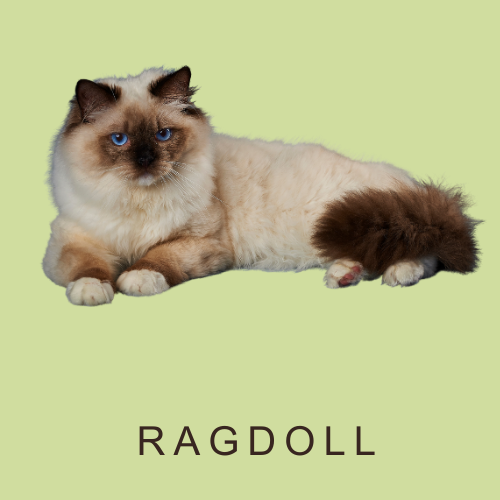
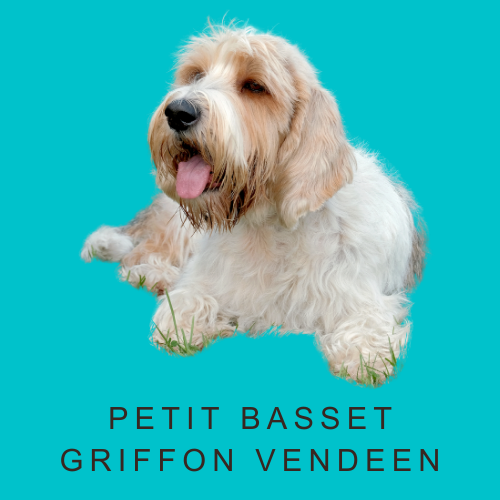
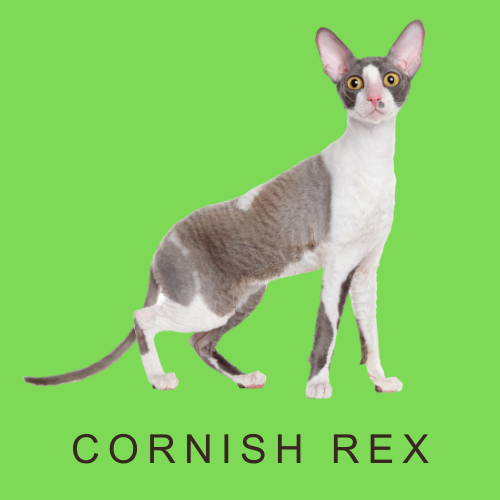
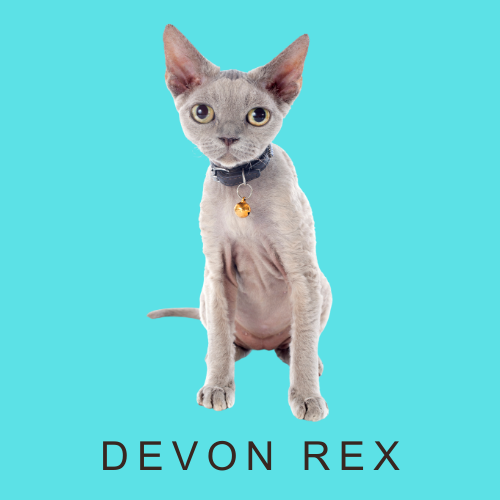
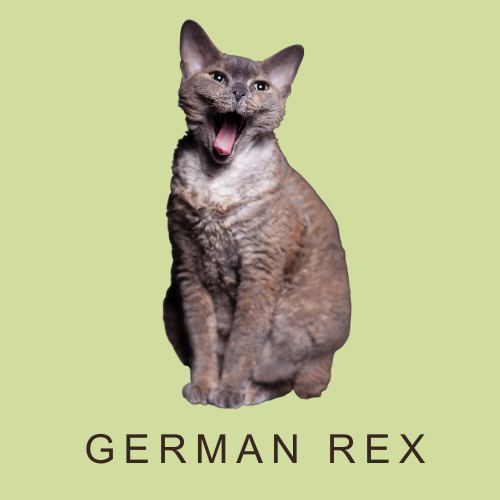
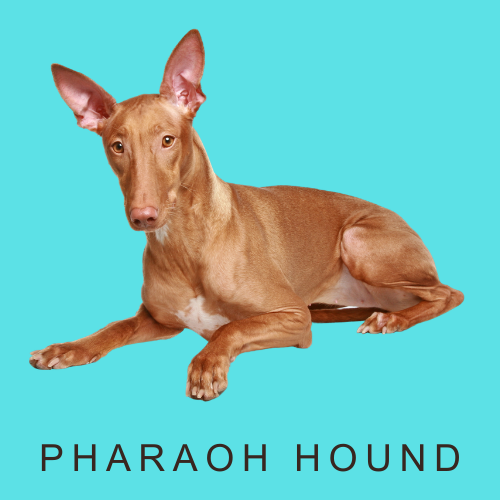
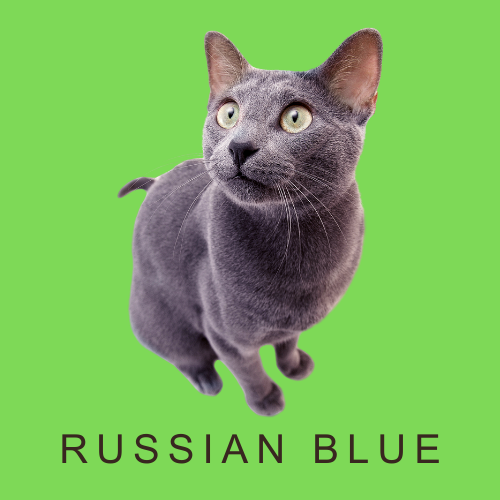
 RSS Feed
RSS Feed